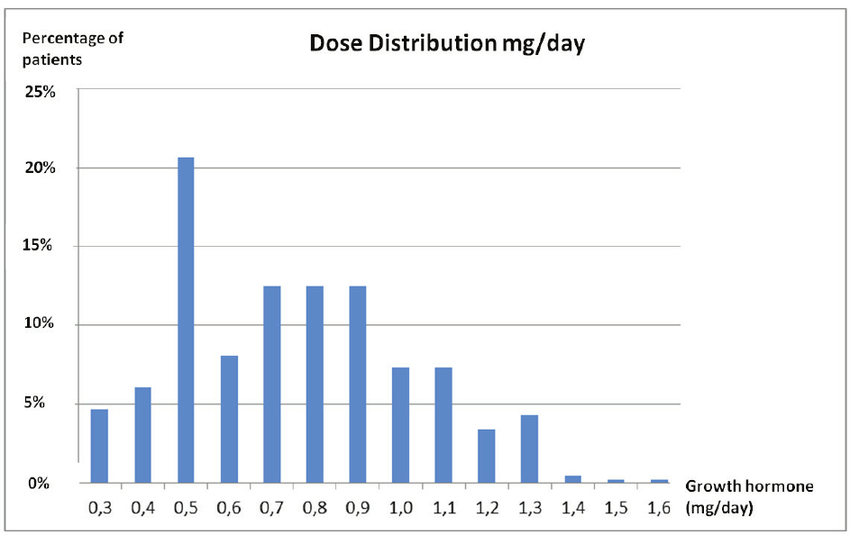When it comes to calculating hgh dosage, there are many variables that must be considered. For example, how much protein is consumed is critical. How much hgh is the best dosage for your body type? And what about side effects? These are just some of the questions that you should consider before you begin. This article will go over the most important steps involved in the process. Read on to learn how to calculate human growth hormone dosage and get the most from your treatment.
Calculate hgh dosage
To calculate your HGH dosage, you will need to consider the following factors: your weight, body fat percentage, and duration of the injections. The following are two methods of calculating your optimal HGH dose: the weight-based method and the default starting dose. Using either method, you should consult your doctor for additional information. For the best results, calculate your human growth hormone dosage in consultation with your medical professional. There are some exceptions to these guidelines.
Protein is a very important step in the process
Developing a biotechnology product that produces recombinant proteins is a crucial step in the process of synthesising human growth hormone (HGH). Unlike the other drugs in biotechnology, proteins are made in an efficient, reproducible manner. A number of steps are involved, from the selection of the right ingredients to purification of biologically active compounds. One of these steps is the purification of biologically active compounds by conventional chromatographic methods, which rely on packed columns and require several steps.

Optimal dose of hgh
The optimal dose of human growth hormone (HGH) varies among individuals. For example, the dose of r-hGH used in prepubertal children may be higher than what is recommended for children entering puberty. For muscle mass gain, the optimal dose ranges from eight to fifteen IU per kilogram of body weight daily. The exact dose depends on the type of exercise and diet a person follows – https://bigbiceps.pro/calc2.
In general, the recommended daily dosage ranges between two and four IU. It is important to note that the amount of GH taken should be divided into several smaller injections throughout the day, so that the GH gut is not overloaded. Taking more than two IU per day can cause GH gut and may increase the chances of fat storage. In such cases, higher dosages are necessary. This way, the human growth hormone is more effective at reducing fat and increasing muscle mass.
HGH is produced in large quantities during the teenage years, and it slowly declines as we age. In fact, obese adults have lower HGH levels than normal weight adults. Because of this, some people are wondering whether HGH boosts will lead to faster weight loss. However, while HGH has gained popularity as a muscle-building hormone, there is no evidence that it boosts athletic performance. It is also illegal in Olympic sports.
How to Calculate Peptide Dosage
When it comes to peptide therapy, learning how to calculate the correct dosage can be challenging and frustrating. While a doctor can provide a specific dosage for patients, it can be a confusing process for non-medical users. Fortunately, there is a simple way to solve this problem: a peptide calculator. This tool allows you to measure the proper dosage of a peptide in each unit. The syringes used for research peptides and other dietary supplements contain tick marks to indicate the units – https://bigbiceps.pro/calc.
Before administering a peptide, remember to read the directions on the syringe. There are two general angles for subcutaneous injections, 90 degrees and 45 degrees. Using a 90-degree angle for two to three inches of skin is fine, but 45 degrees is recommended for one inch of skin. If you’re not sure, try pinching the skin between your fingers. Then, push the plunger into the desired area.
The amount of dry peptide in a sealed vial is fixed in milligrams per dose. How much liquid you add depends on the amount of bacteriostatic water used. A single mL of bacteriostatic water contains 100 mcg. Adding another mL of liquid will require double the amount of peptide to yield the same amount of liquid. To calculate a peptide dosage correctly, add at least one syringe full of sterile water.